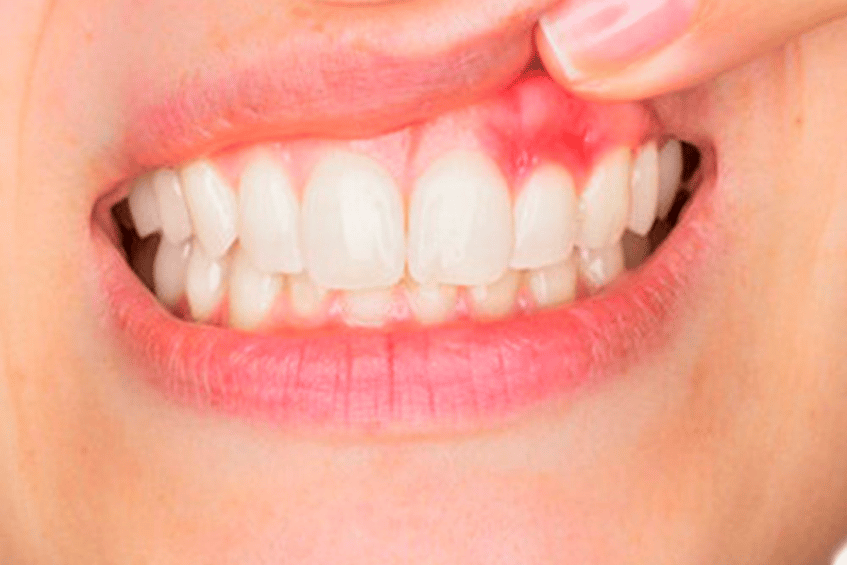Are you looking to know 10 Warning Signs of Gum Disease then read this article to find out 10 Warning Signs of Gum Disease

Understanding Gum Disease
Gum disease develops when plaque, a sticky layer of bacteria, collects along the gumline. This causes irritation, swelling, and damage to the gums and nearby tissues. While addressing gum issues, many patients also search for cosmetic solutions like Invisalign near me to improve both health and appearance. The earliest stage is called gingivitis, which can usually be reversed if treated on time. If left untreated, it may develop into periodontitis, a more serious stage that can harm the bone and gums holding your teeth in place.
Why Spotting It Early Matters
Noticing gum problems early is very important. It can stop the disease from getting worse and also reduce risks to your overall health. Studies show that gum disease is connected to other health issues such as diabetes, stroke, and heart disease. Visiting your dentist regularly and getting professional cleanings can help spot problems before they become severe.
10 Common Signs of Gum Disease
- Red or Swollen Gums
Healthy gums are usually firm and pink. If they look red, puffy, or sore, it may be an early warning sign. - Bleeding Gums
Bleeding occasionally from brushing too hard can be normal, but frequent bleeding when brushing or flossing often signals gum disease. - Persistent Bad Breath
If bad breath continues even after brushing and using mouthwash, bacteria in gum pockets may be the cause. - Gum Recession
When gums start pulling away from the teeth, your teeth may appear longer than usual. This can happen in more advanced gum disease. - Pain or Tenderness
Gums that hurt while eating or brushing may be irritated or infected. - Loose Teeth
When gum disease worsens, the supporting tissues and bone become weak, making teeth feel loose. - Pus Between Teeth and Gums
Pus is a sign of infection and needs immediate dental treatment. - Changes in Your Bite
If your teeth suddenly feel out of place or your bite feels different, gum disease could be affecting their position. - New Spaces Between Teeth
Gaps may appear as gum tissue and bone are damaged. - Sensitivity to Hot or Cold
When gums recede, tooth roots become exposed, which can make your teeth sensitive to temperature.
Treatment Options
Non-Surgical Care
- Scaling and Root Planing: This treatment involves deep cleaning below the gumline to remove hardened plaque and polish the roots for better recovery.
- Medicinal Rinses: Special antibacterial rinses may be prescribed to reduce germs and swelling.
Surgical Care
In severe cases, surgery such as gum grafts or pocket reduction may be necessary to repair gums and bone.
Preventing Gum Disease
Good oral hygiene is the best protection against gum problems. Follow these steps:-
- Brush twice daily with fluoride toothpaste.
- Floss daily to clean away plaque from between your teeth.
- Use an antibacterial mouth rinse.
- Visit your dentist regularly for professional cleanings and exams.
Conclusion
Looking after your gums is just as vital as looking after your teeth. Spotting the warning signs early and maintaining healthy habits will help keep your smile strong and protect your overall health.